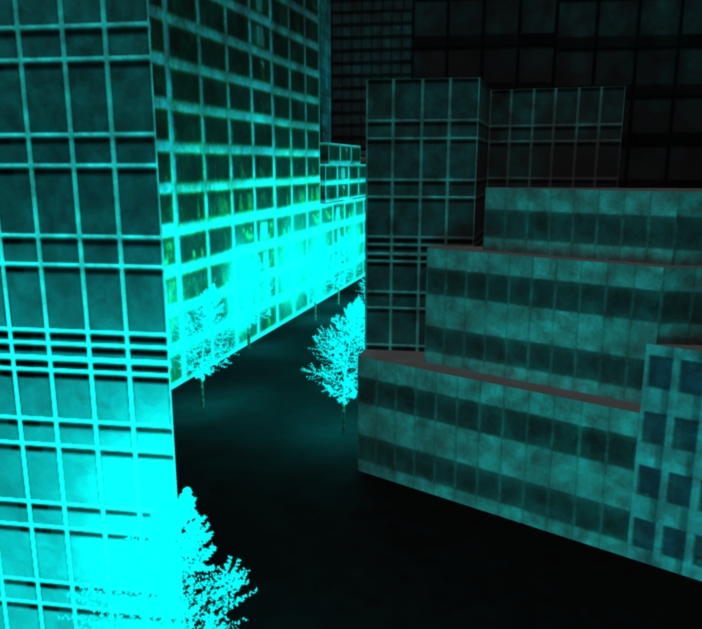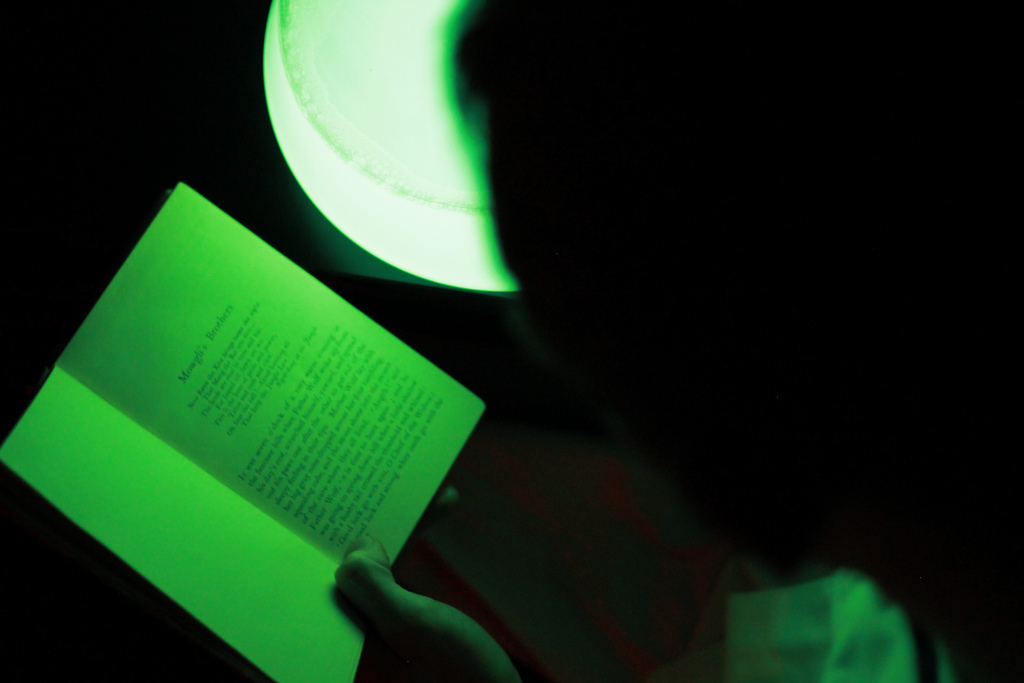Team:Cambridge/Tools/Lighting
From 2010.igem.org
(→Putting it into practice) |
(→Bioluminescent street lamps) |
||
| Line 3: | Line 3: | ||
We had a number of workshops considering the potential broader societal implications of our work. Given the energy crisis facing our planet, lighting, which accounts for 8% of our use of electricity, seemed an interesting application of our work. | We had a number of workshops considering the potential broader societal implications of our work. Given the energy crisis facing our planet, lighting, which accounts for 8% of our use of electricity, seemed an interesting application of our work. | ||
=Bioluminescent street lamps= | =Bioluminescent street lamps= | ||
| - | {{:Team:Cambridge/Templates/RightImage|image=Cambridge-City.jpg|caption=''We created a 3D model | + | {{:Team:Cambridge/Templates/RightImage|image=Cambridge-City.jpg|caption=''We created a 3D model to try to visualise a city lit by bioluminescent trees''}} |
In order to provide any solution to the problem, a biological solution must tap into a currently unused energy resource. For this reason we decided to consider the use of '''bioluminescent trees''' to replace conventional street lamps. | In order to provide any solution to the problem, a biological solution must tap into a currently unused energy resource. For this reason we decided to consider the use of '''bioluminescent trees''' to replace conventional street lamps. | ||
| Line 9: | Line 9: | ||
A tree in this position would be able to photosynthesise during the day, building up reserves of energy. We then imagined it emitting light by night, using the bacterial luciferase system, under the control of the inherent circadian clock based gene regulation systems. | A tree in this position would be able to photosynthesise during the day, building up reserves of energy. We then imagined it emitting light by night, using the bacterial luciferase system, under the control of the inherent circadian clock based gene regulation systems. | ||
<div style="clear:both"> | <div style="clear:both"> | ||
| + | |||
=Putting it into practice= | =Putting it into practice= | ||
{{:Team:Cambridge/Templates/RightImage|image=Jungle_book.jpg|caption=''Ben proving it is possible to read by bioluminescent light''}} | {{:Team:Cambridge/Templates/RightImage|image=Jungle_book.jpg|caption=''Ben proving it is possible to read by bioluminescent light''}} | ||
Revision as of 23:31, 25 October 2010

Bioluminescent street lamps
In order to provide any solution to the problem, a biological solution must tap into a currently unused energy resource. For this reason we decided to consider the use of bioluminescent trees to replace conventional street lamps.
A tree in this position would be able to photosynthesise during the day, building up reserves of energy. We then imagined it emitting light by night, using the bacterial luciferase system, under the control of the inherent circadian clock based gene regulation systems.
Putting it into practice
We wanted to provide some proof of concept of these ideas. We built the [http://www.youtube.com/watch?v=tUFscEVK5Ks bacterial bubble lamp] to investigate this, and also read the Jungle Book using a flask containing E. coli expressing our bacterial luciferase.
 "
"

